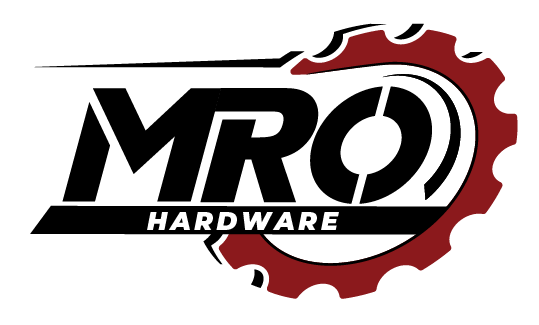Why use rivet nuts instead of bolts?
Rivet nuts are used instead of bolts when access to the backside of the material is limited or non-existent. They provide a strong, threaded insert that allows for easy assembly and disassembly without needing to access both sides of the material, making them ideal for blind fastening applications.
Why are threaded inserts used?
Threaded inserts are used to provide strong, durable threads in materials that are too thin or soft to hold a thread on their own. They enhance the holding power of screws and bolts in materials like plastic, wood, and thin sheet metal, ensuring secure and reliable fastenings.
Why are rivet nuts used in aircraft?
Rivet nuts are used in aircraft because they provide strong, lightweight, and reliable fastening solutions that can withstand the high-stress environments of aviation. They allow for secure attachments without the need for access to the backside of panels, which is crucial in the complex structures of aircraft.
Will steel rivet nuts rust?
Steel rivet nuts can rust if they are not treated or coated with a corrosion-resistant finish. To prevent rust, choose rivet nuts made from stainless steel or those with protective coatings like zinc plating, which offer enhanced resistance to corrosion.
Are rivet nuts stronger than bolts?
Rivet nuts are not necessarily stronger than bolts but provide a reliable alternative for specific applications. While bolts may offer higher tensile strength, rivet nuts excel in applications where access is limited and a strong, blind-threaded insert is needed. The strength of rivet nuts is sufficient for many applications, including automotive and aerospace.
Can rivet nuts be reused?
Generally, rivet nuts are designed for permanent installation and are not intended to be reused. Once installed, they form a secure bond with the material. Removing them typically damages both the rivet nut and the material, making reuse impractical.
Are nutserts waterproof?
Nutserts, or rivet nuts, themselves are not inherently waterproof. However, they can be used in conjunction with sealants or gaskets to create waterproof joints. The level of waterproofing depends on the installation method and the environment they are used in.
How are rivet nuts measured?
Rivet nuts are measured by their thread size and grip range. The thread size corresponds to the diameter and pitch of the threaded hole, while the grip range indicates the thickness of the material they can be installed into. For example, a 1/4″-20 rivet nut has a 1/4″ diameter with 20 threads per inch and will have a specified grip range for material thickness.
Who sells rivets?
Rivets and rivet nuts can be purchased from hardware stores, home improvement stores, and online retailers. Specialty fastener suppliers like MRO Hardware have very vast product offering and also have inventory ready to ship.
When to use rivet nuts instead of screws?
Use rivet nuts instead of screws when you need a strong, threaded insert in a material that is too thin to hold a thread or when you do not have access to the backside of the material. Rivet nuts are ideal for blind fastening applications, providing a secure and removable thread.
How to remove rivet nuts?
To remove rivet nuts, you can use a drill to carefully drill out the head of the rivet nut, then use a punch to push out the remaining shank. Alternatively, a specialized rivet nut removal tool can be used. Removing rivet nuts often damages both the nut and the surrounding material, so replacement may be necessary.

